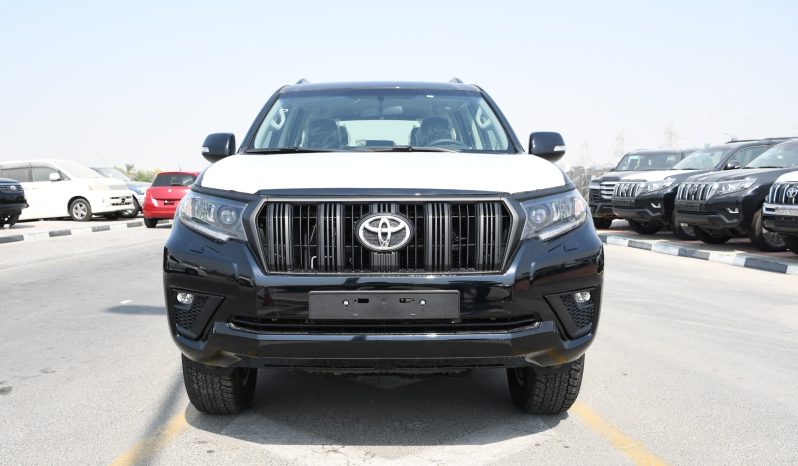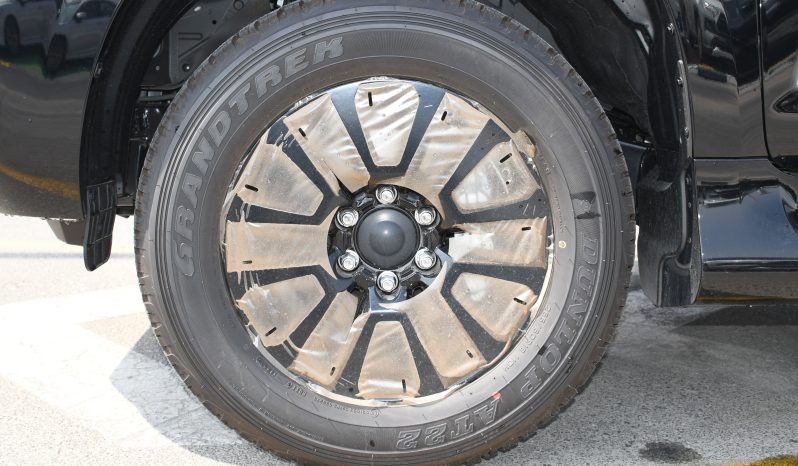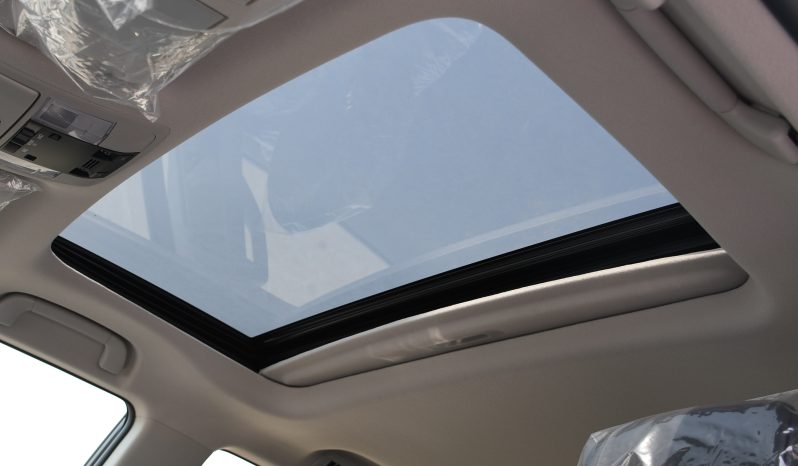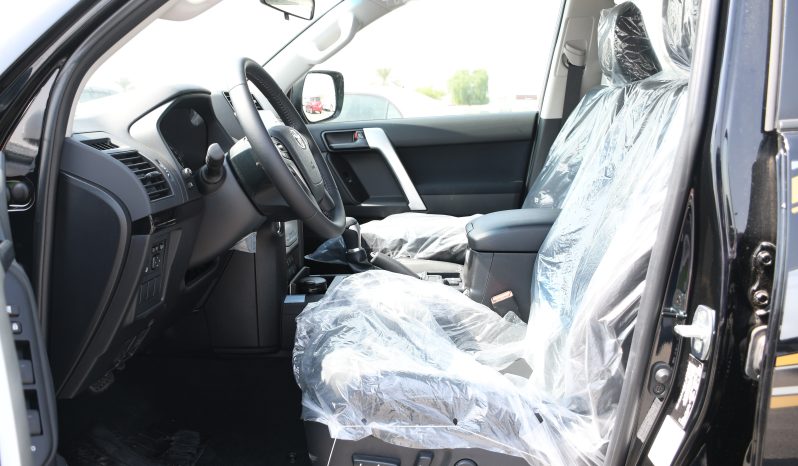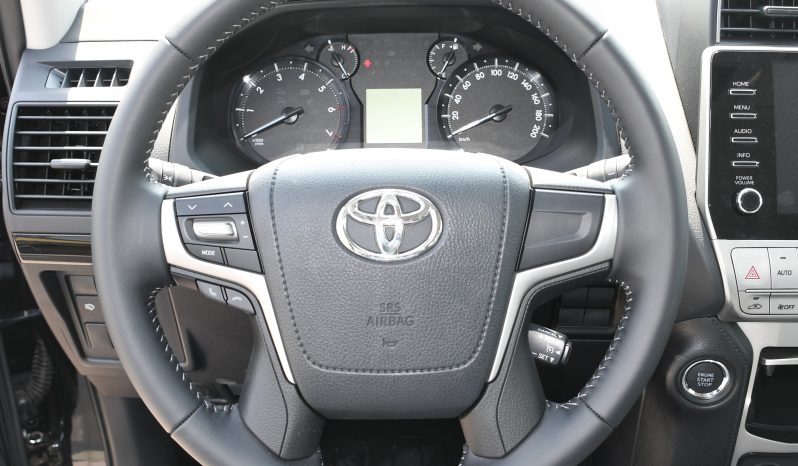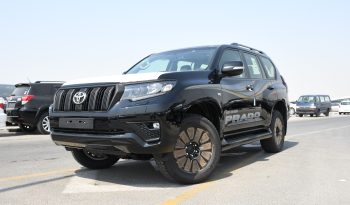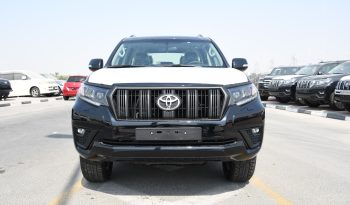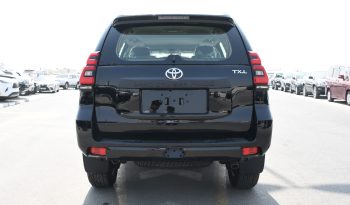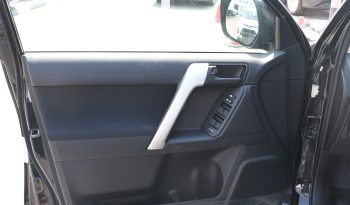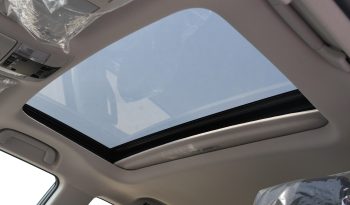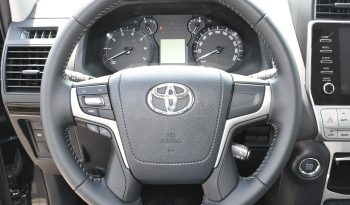|
Toyota Prado TX.L 2023
| number of cylinders | 6 |
| MODEL | 2023 |
| ENGINE CC | 4.0 |
| FUEL | PETROL |
| TRANSMISSION | AUTOMATIC |
| GEARS | 6 Speed |
MODEL DESCRIPTION
INTERIOR & EXTERIOR
INTERIOR FEATURES & SAFETY
|
ELECTRIC ADJUSTABLE MIRRORS (ORVM
INTERIOR DESIGN
- Leather Seats
- Power Steering
- Power Window
- 7 Seater
SAFETY FEATURES
- Airbags (D+P)
- ABS
- 3 point Seat Belts
- Seat Belt Reminder
EXTERIOR FEATURES
- 18″ Inch allow wheels
- Black Colour Door Handles
- Key Less Entry
EXTRA FEATURES
Auto AC Control
Rear A/C Vents
In the late 1960s, Toyota Auto Body, a Toyota subcontracting company, led the development of the HiAce as a small van with a one-box design, similar to European ones at the time, but, according to former Toyota senior employee Akira Kawahara, something unseen in the Japanese industry.[7]
Introduced in 1967, the HiAce was offered as a cab over pick-up, delivery van, and a stretched commuter vehicle. It was also called the HiAce Commercial in camper van configuration. It was brought to market two years after the introduction of the Nissan Homy, acquired by Nissan when they assumed operations of the Prince Motor Company. A few engines of different sizes were available upon introduction, ranging from the 70 PS (51 kW) 1.35 to a 83 PS (61 kW) 1.6-litre version.[5][6] In 1975, the 1.8-litre 16R engine was added. The HiAce was available with a heater, considered a luxury item at the time.
The HiAce was primarily designed as a commuter vehicle, able to transport up to 8 people. With this goal in consideration, the HiAce exterior dimensions and engine displacement were in compliance with Japanese government regulations so as to encourage sales, and accommodate the most passengers by utilizing a cabover body style, with the engine installed underneath and between the front passengers. It was a smaller alternative to the larger Toyota Coaster minibus, and was introduced to Japan after the 1950 Volkswagen Transporter, and the 1961 Chevrolet Greenbrier cabover vans. It was introduced in the same year as the much smaller Toyota MiniAce, which was based on the Toyota Publica, a predecessor to the Toyota Corolla.


